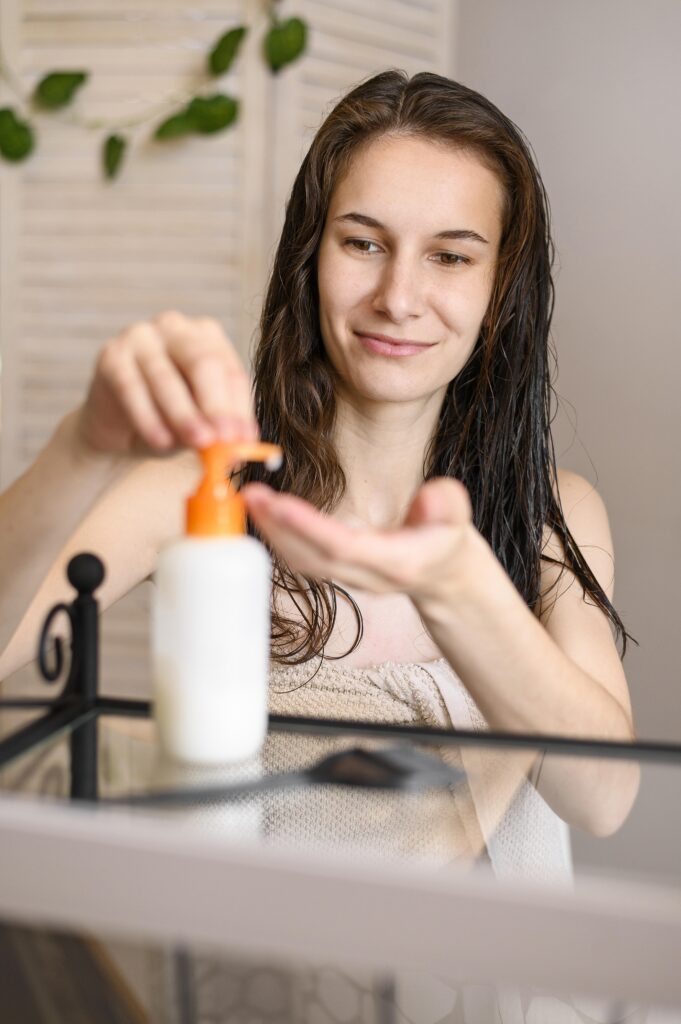
Although shampooing your hair can seem like a straightforward chore, doing it right can have a big impact on the condition and look of your scalp and hair. Many people use shampoo on a regular basis without knowing how to use it properly or selecting the suitable product for their hair type. This is a detailed guide on how to shampoo your hair successfully.
1. Choose the Right Shampoo
Choosing a shampoo that works for your hair type and scalp condition is the first step. Select a clarifying shampoo that gets rid of extra sebum from greasy hair. Choose hydrating or healing solutions with components like shea butter, keratin, or argan oil if your hair is dry or damaged. Use a sulfate-free shampoo for color-treated hair to help preserve color and reduce damage. Choose a gentle, fragrance-free product if your scalp is sensitive.
2. Prepare Your Hair
Use warm, not hot, water to fully moisten your hair before using shampoo. This makes the shampoo operate better by opening the hair cuticles and washing away loose debris and product buildup. Before proceeding to the following step, make sure your hair is completely saturated.
3. Use the Right Amount
A quarter-sized amount of shampoo is sufficient for short to medium hair, and somewhat more for thicker or longer hair. Excessive shampooing can deplete your hair’s natural oils, making it brittle and dry.
4. Focus on the Scalp
Instead of shampooing your hair at the ends, use it on your scalp and roots. The greatest concentration of oil and grime is found on the scalp. Apply the shampoo to your scalp using tiny circular strokes with your fingertips, not your nails. This promotes blood flow and aids in the removal of dead skin cells, oil, and debris. The scalp may get irritated if you scrub too vigorously.
5. Work It Through
Pull the lather gently through your hair lengths after cleaning your scalp. Usually, shampooing your scalp produces enough suds to clean the remainder of your hair. To prevent tangling and breaking, do not pile your hair on top of your head.
6. Rinse Thoroughly
To get rid of any shampoo residue, give your hair a thorough rinse with warm water. Shampoo residue left behind can lead to accumulation, itching, and a lifeless appearance. Before you stop, make sure the water flows clear.
7. Repeat if Necessary
You might wish to shampoo your hair again if it’s extremely oily or unclean. While the second wash guarantees a deeper clean, the first wash only gets rid of superficial debris. Daily shampooing, however, might remove natural oils and is not necessarily required for everyone. Pay attention to what your hair requires.
8. Follow with Conditioner
Use a conditioner that is appropriate for your hair type after shampooing. Conditioner makes hair easier to handle, less frizzy, and helps restore moisture. Avoid the scalp and apply it primarily to the mid-lengths and ends of the hair. Rinse well after a few minutes of leaving it in.
Conclusion
Shampooing lays the groundwork for healthy hair and is more than just a cleansing procedure. You can keep your hair strong, vivid, and clean without damaging it or making it dry by utilizing the proper products and methods.